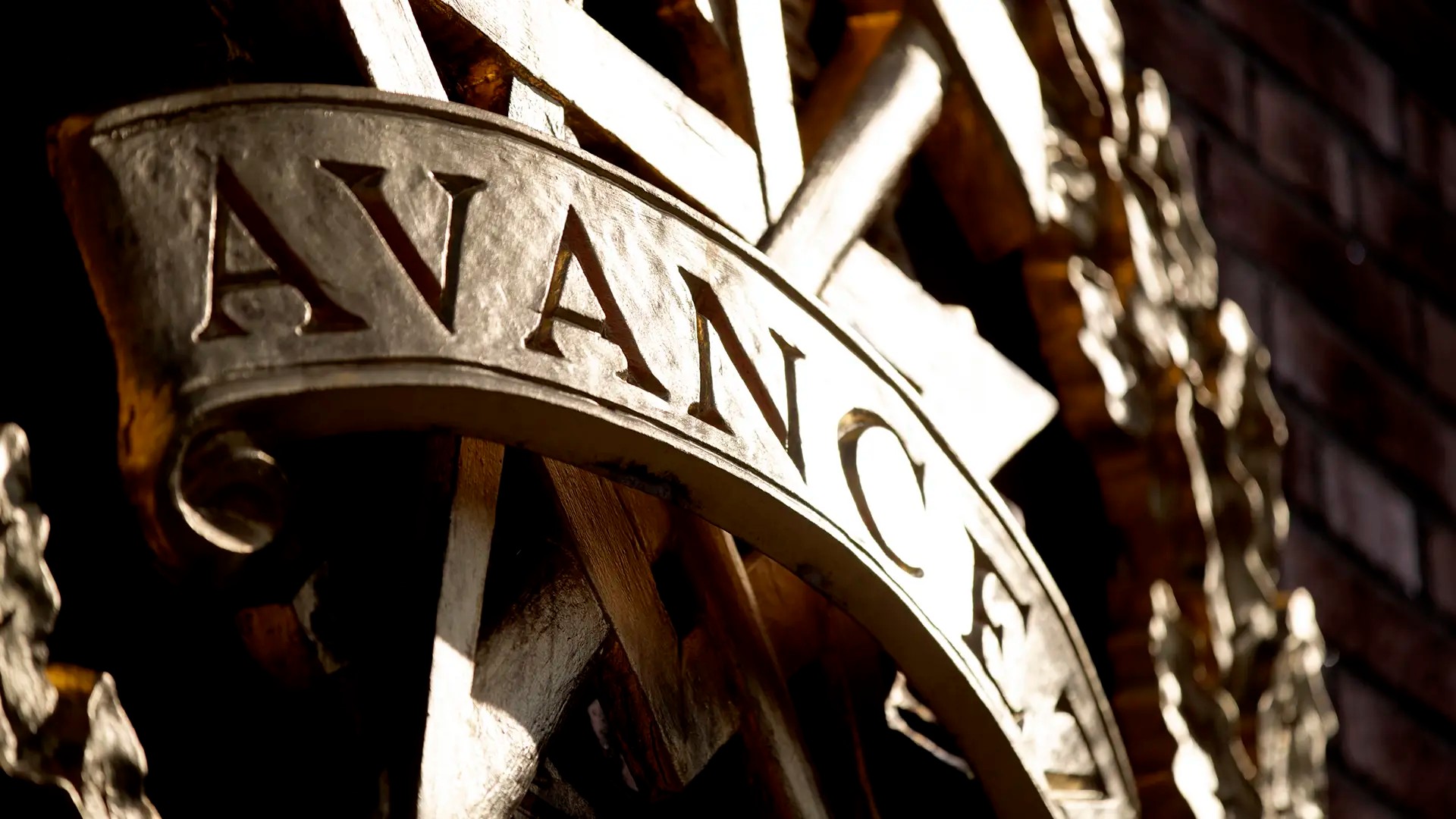




William Chalmers built much of his fortune through international trade within the Swedish East India Company. But his business ventures extended far beyond that: herring processing, canal and lock construction, coal mining, and Sweden’s first mechanical cotton spinning mill. In short, he was, above all, a man of his time—active in every area where opportunity could be sensed. He recognized the early stirrings of what we now call the Industrial Revolution. At times, he even contributed to Swedish diplomacy through his international business contacts.
Through his friend, the physician Pehr Dubb, Chalmers also gained deep insight into the widespread poverty in early 19th-century Gothenburg, particularly the conditions of poor relief and the vulnerability of children.
The outcome: in his 1811 will, he laid the foundation for a school where underprivileged youth could use technical education to lift themselves out of poverty—ultimately helping to advance society as a whole.

It was an act of great generosity—but also of optimism and faith in the abilities of others.
The school’s first director, Carl Palmstedt—a student of Jacob Berzelius, one of the most prominent scientists in Swedish history—ensured that the education offered was both practically oriented and firmly rooted in the forefront of scientific discovery.
Nearly 200 years later, Chalmers continues to bridge the gap between academic knowledge and its practical application in society and industry. The industrial cluster in western Sweden, which we have helped to develop, has been a driving force behind Swedish prosperity.
But the competitiveness of tomorrow and the green transition demand continued progress. Chalmers must become a university of international excellence. We must offer conditions that stand up to global competition for scientific talent. And we must give those who work here the means to reach their full potential.
